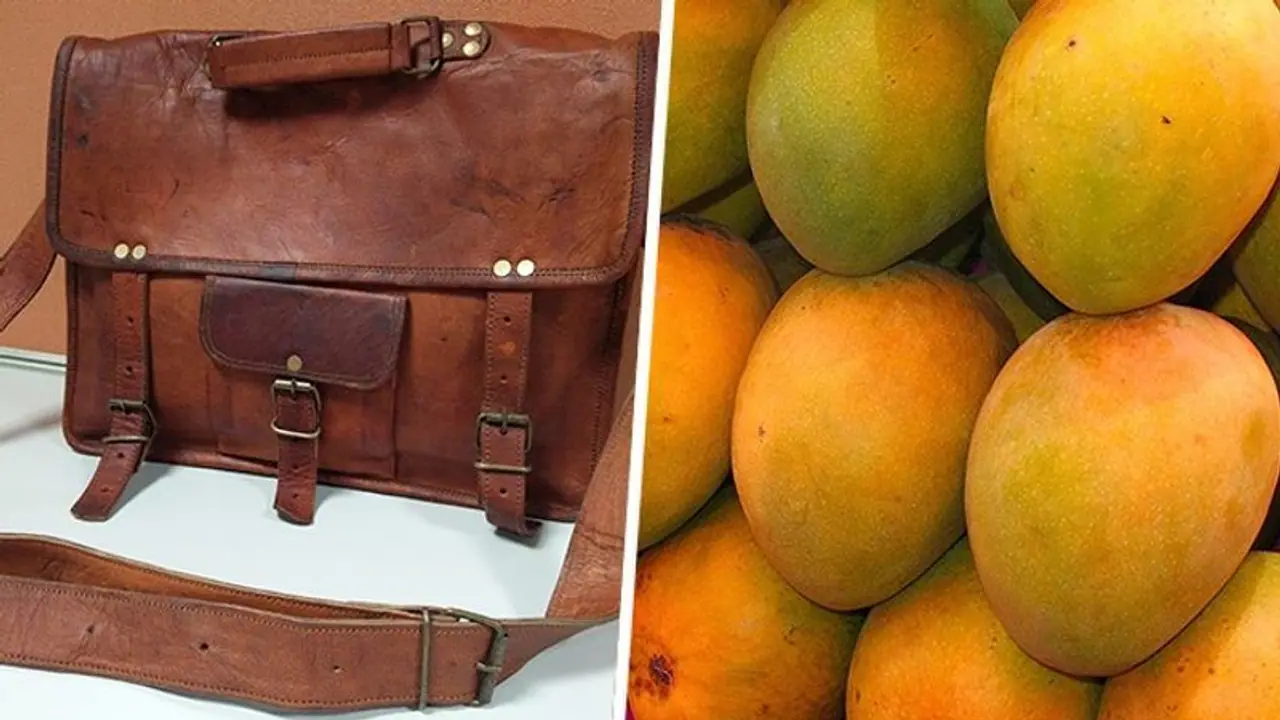The Central Leather Research Institute (CLRI) has developed a technology to make leather-like products using mango pulp. This new material from mango pulp could be an eco-friendly alternative to synthetic leather and it has 50% of mango pulp.
The Central Leather Research Institute (CLRI) has developed a technology to make leather-like products using mango pulp; it licensed the technology to a Mumbai-bases start-up, Aamati Green Pvt Ltd on Tuesday. The new material, which comprises 50% mango pulp, is an eco-friendly alternative to synthetic leather. It degrades more quickly than polyurethane leather. CLRI scientists, who have registered for a patent, passed the invention to Aamati Green Private Limited, a Mumbai-based business that supported the research and development, on Monday.

According to CLRI chief scientist P Thanikaivelan, the team blended mango pulp with a biopolymer in liquid and powder form, which was then transformed into a sheet-like material via a simple method. They applied a surface coating to the material and added decorative patterns. 'Mango-leather' bags and laptop sleeves have passed durability testing. Work is being done to enhance the material's characteristics for use in footwear.
"There is no material that can compete with natural leather in terms of tensile strength and longevity." When products made of PVC and PU leather that have been on the market for 50 years are discarded, they take a long time to disintegrate. What we did was combine a natural material (mango pulp) with an environmentally friendly polymer to create a biodegradable leather-like material," he explained.
"We will collaborate with fashion houses and brands to create eco-friendly bags and clutches. Our manufacturing costs about 60% less than the current price of synthetic leather," he added.
According to him, the only business that produces mango-based leather-like material is located in the Netherlands. India is the world's greatest mango grower (20 million tonnes per year), yet farmers abandon up to 40% of the mangoes in the fields because they do not match norms and regulations. Mangoes that have been discarded can be utilised to create a leather-like substance.
